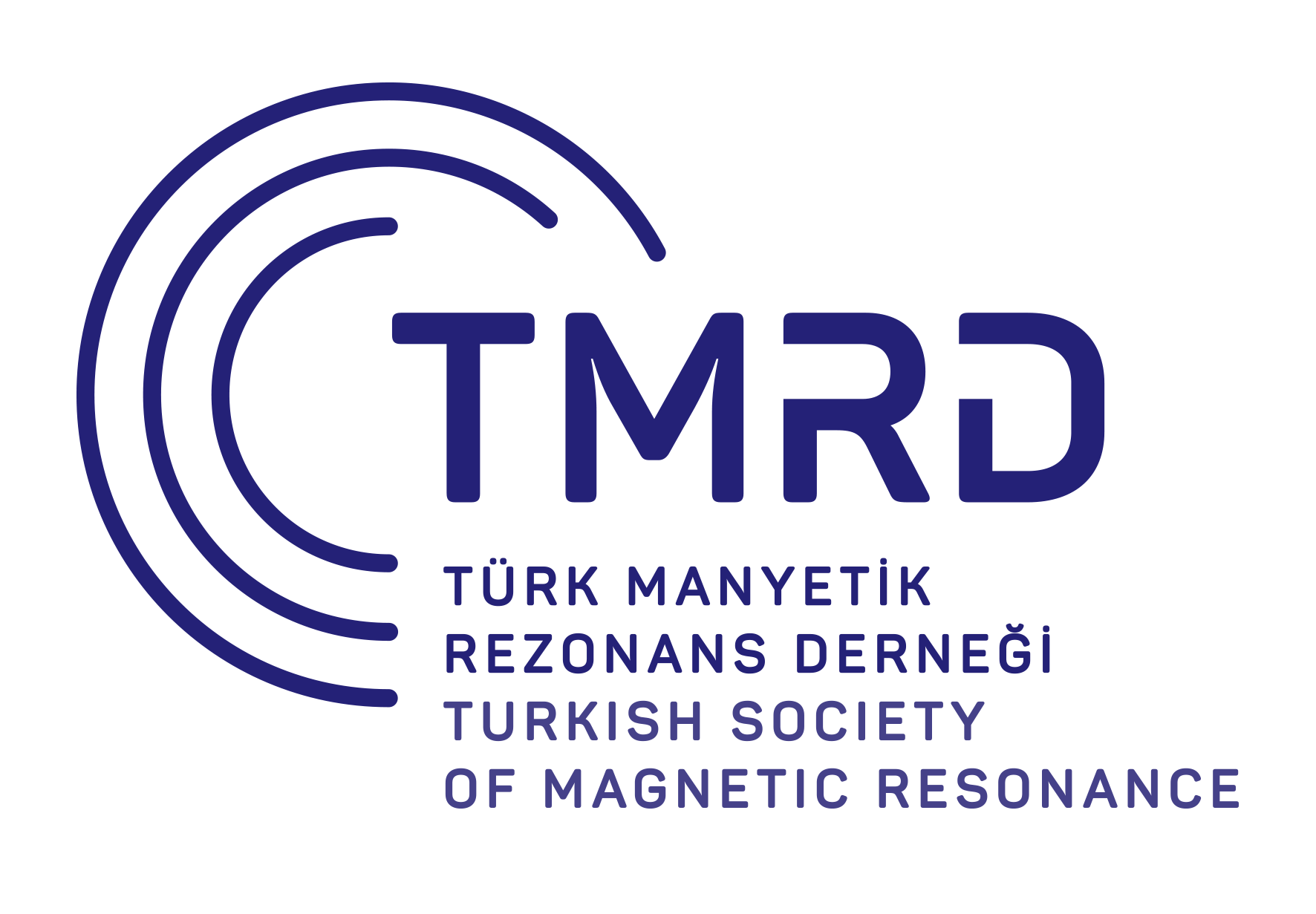Objective: The purpose of study was to assess the diagnostic efficacy of multiparametric magnetic resonance imaging in differentiating common subtypes of renal cortical tumors.
Methods: The study group was formed with 85 renal cortical tumors of 75 patients who underwent surgery for renal mass and who had preoperative multiparametric magnetic resonance imaging. Two radiologists were blinded to pathology results evaluated using T2-weighted images, apparent diffusion coefficient maps, and dynamic contrast-enhanced T1-weighted images. T2 signal intensity ratio, apparent diffusion coefficient ratio, corticomedullary phase enhancement ratio, nephrogenic phase enhancement ratio, and delayed phase enhancement ratio were calculated for each tumor type.
Results: Between clear cell renal cell carcinomas and papillary renal cell carcinomas, T2 signal intensity ratio, corticomedullary phase enhancement ratio, nephrogenic phase enhancement ratio, and apparent diffusion coefficient ratio were statistically significantly different (P < .001, P < .001, P=.003, P=.03, respectively). Also, there was a significant difference in corticomedullary phase enhancement ratio between clear cell renal cell carcinomas and chromophobe renal cell carcinoma (P=.031). Between papillary renal cell carcinomas and chromophobe renal cell carcinomas, T2 signal intensity ratio (P < .001), corticomedullary phase enhancement ratio (P < .001), nephrogenic phase enhancement ratio (P=.007), delayed phase enhancement ratio (P=.004), and apparent diffusion coefficient ratio (P < .001) were statistically significantly different. Nephrogenic phase enhancement ratio and delayed phase enhancement ratio showed a significant difference between chromophobe renal cell carcinomas and oncoctyomas (P=.038 and P=.032, respectively). The most efficient parameter in distinguishing clear cell renal cell carcinoma was corticomedullary phase enhancement ratio, and the sensitivity was 80.4% and the specificity was 73.5% with a cutoff value of 283.6.
Conclusion: We think that the use of multiparametric magnetic resonance imaging quantitative parameters was useful in differentiating subtypes of renal cortical tumors.
Cite this article as: Çakır İM, Bekçi T, Eryuruk U, Baspinar N, Aslan S. Diagnostic efficacy of multiparametric magnetic resonance imaging parameters in differentiating common subtypes of renal cortical tumors. Current Research in MRI. 2022;1(3):52-58.



.png)
